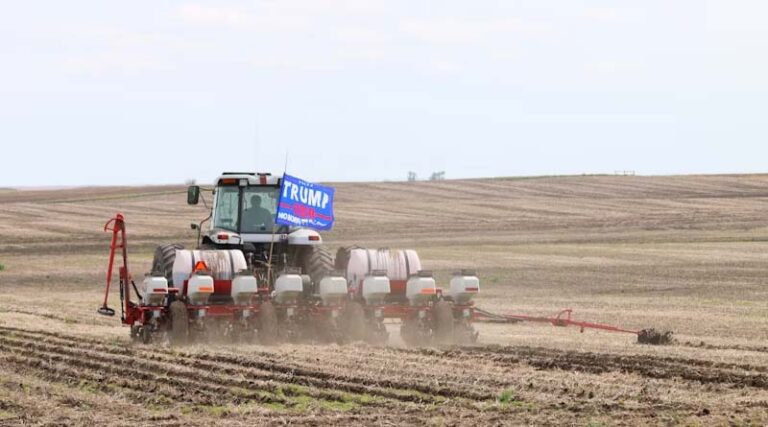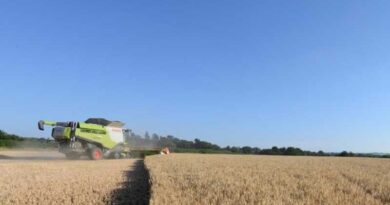
Family Farms Continue to Dominate U.S. Agriculture, USDA Report Finds
26 August 2025, Washington: Family farms remain the backbone of U.S. agriculture, making up 95% of all farms, according to the 2022 Census of Agriculture Farm Typology report released today by the U.S. Department of Agriculture’s National Agricultural Statistics Service (NASS).
The report defines a “family farm” as any farm where the majority of the business is owned by the operator and their relatives. Using ownership structure and gross cash farm income (GCFI) as key criteria, NASS classified America’s 1.9 million farms into categories that reflect both scale and specialization.
“Classifying America’s farms to better reflect their diversity is critical to understanding who is farming today and their impact on our economy and communities,” said NASS Administrator Joseph Parsons.
Findings highlight the dominance of small family farms—those earning under $350,000 annually—which account for 85% of all farms, 39% of total farmland, and 14% of the value of agricultural products sold. In contrast, large-scale family farms (with GCFI of $1 million or more) represent less than 4% of U.S. farms but generate more than half (51%) of the nation’s agricultural product value.
The report also shows a decline in the number of family farms overall—down 8% since 2017, a loss of nearly 159,000 operations. While small family farms saw decreases of 10% (low sales) and 7% (moderate sales), mid-size farms grew by 2%, and large and very large farms expanded significantly, up 40% and 65% respectively.
Other key insights include:
- Specialization: Most small farms focus on cattle (31%) or crops such as hay and forage (25%). Mid-size farms lean heavily toward grain and oilseed production (55%), while large-scale farms are more diversified.
- Direct-to-consumer sales: Small farms are leaders in local marketing, accounting for 44% of direct sales to consumers, compared to 18% from mid-size and 19% from large-scale farms.
- Farmer demographics: Operators of small farms are more likely to be women, older (65+), and to live on the farm. They are also more likely to be veterans, work off-farm jobs, or be beginning farmers with 10 years or less of experience.
The report underscores both the enduring presence of small family farms and the increasing economic weight of large-scale family operations in shaping U.S. agriculture.
Also Read: Corteva Introduces Bexavie® Insecticide in India for Fall Armyworm Management in Corn
📢 If You’re in Agriculture, Make Sure the Right People Hear Your Story.
From product launches to strategic announcements, Global Agriculture offers unmatched visibility across international agri-business markets. Connect with us at pr@global-agriculture.com to explore editorial and advertising opportunities that reach the right audience, worldwide.






